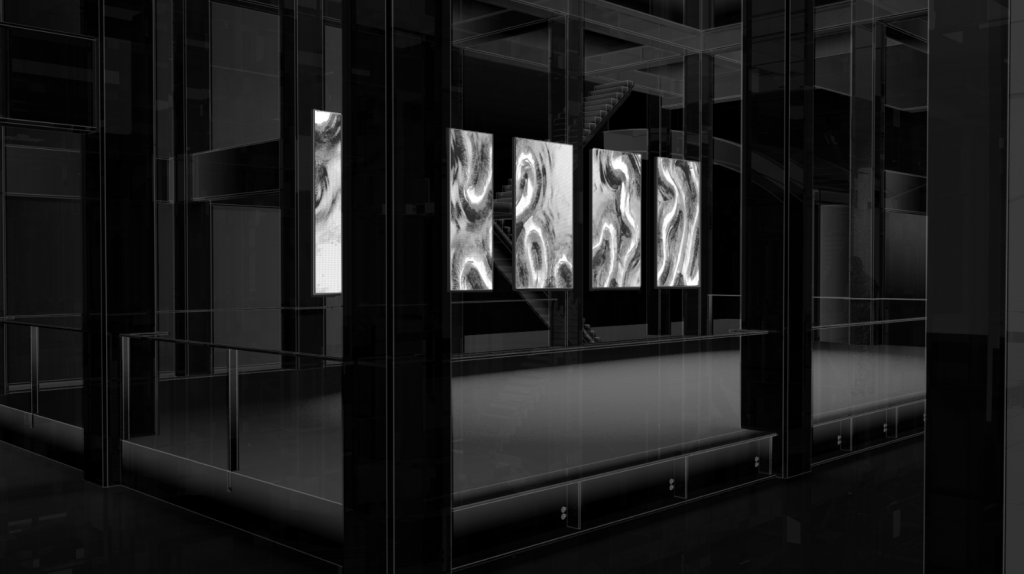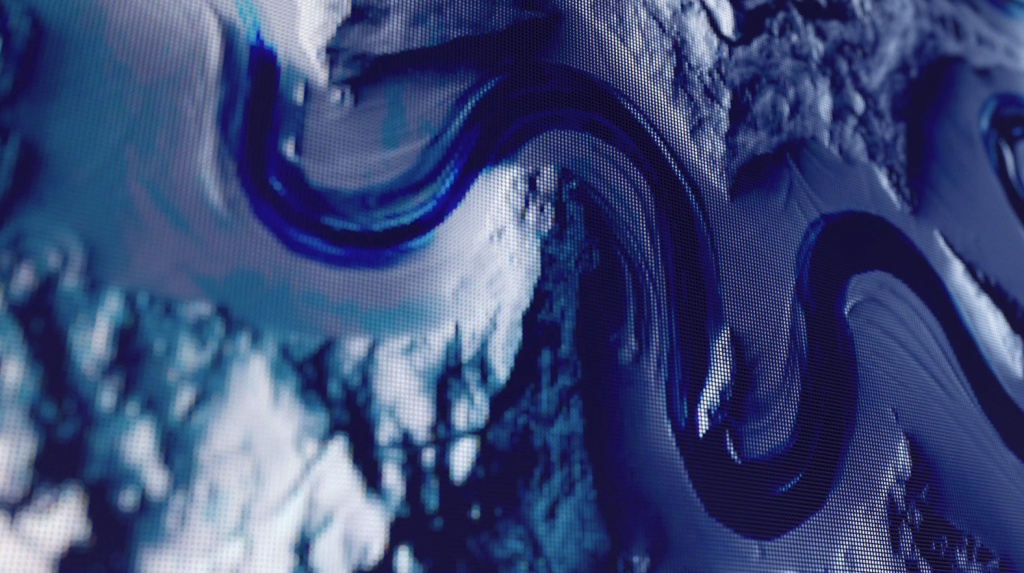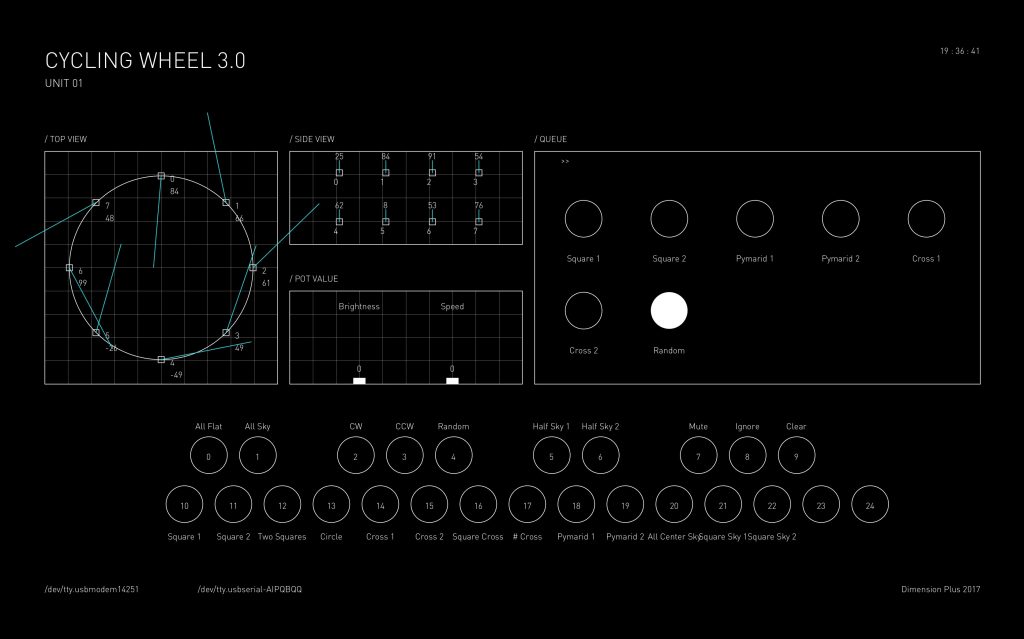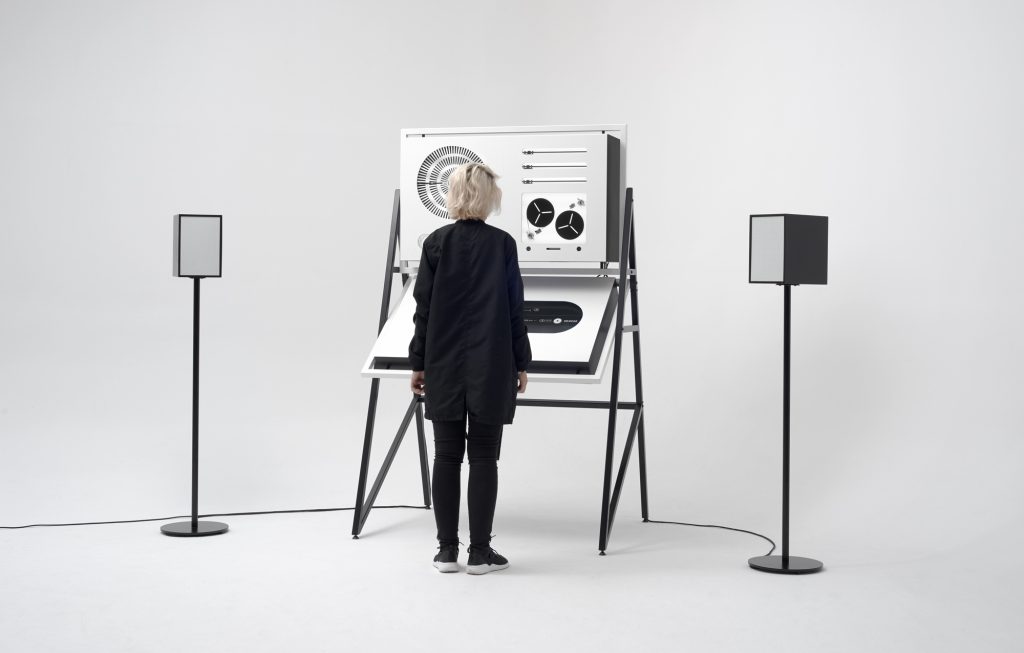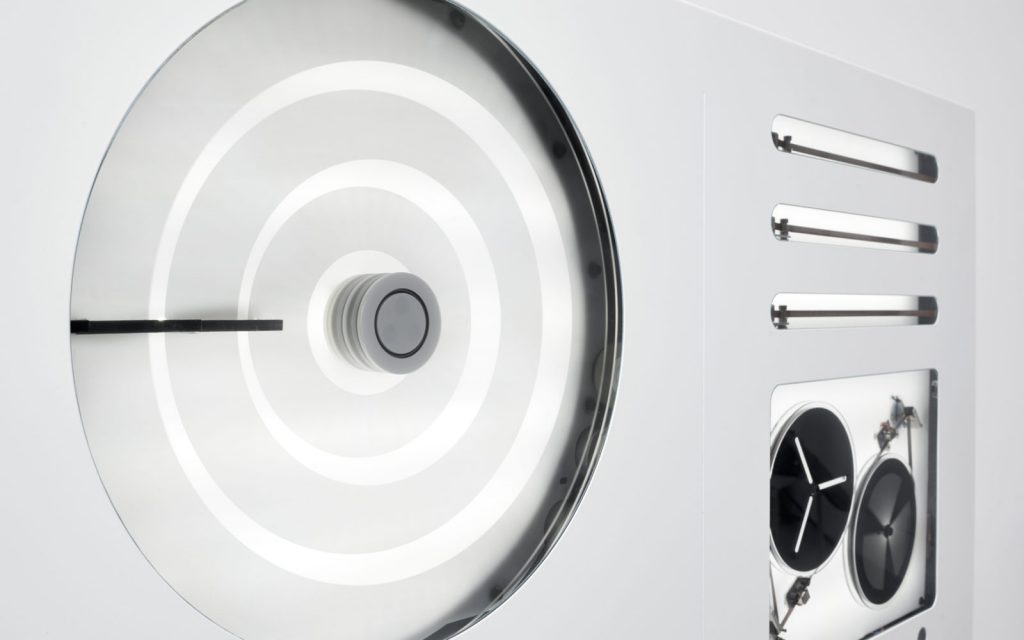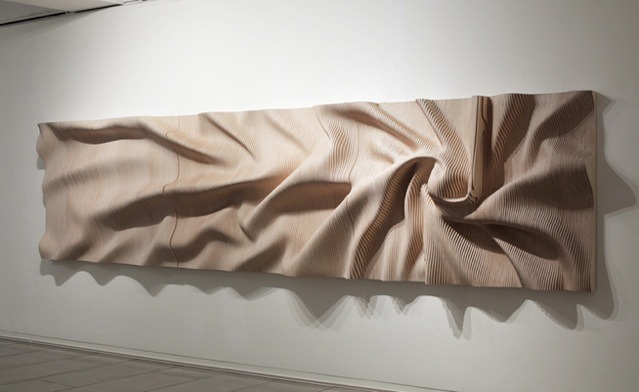// Jai Sawkar
// jsawkar@andrew.cmu.edu
// Section C
// Project 04
function setup() {
createCanvas(400, 300);
}
function draw() {
background('#15274d');
var x0 = 0;
var y0 = 0;
var x1 = width;
var y1 = height;
var y2 = height + 20
var x2 = i - 34
var x3 = width/2
var y3 = height/3
for (var i = 0; i < 50; i ++) {
//white Eye
stroke('#aab3aa')
strokeWeight(.25)
line(x1 + 60, (11 * i) - 110, 5 * i + 90, height/2)
//white 2 Eye
line(width/2, 5 * i - 40, 12 * i - 34, y2)
//green
strokeWeight(2);
stroke(86, 166, 85);
line(x0, 5 * i - 40, 15 * i - 34, y2)
//blue
strokeWeight(2);
stroke('#375dad');
line(x1 + 60, 8 * i, 5 * i, 0)
}
}For this project, my aim was to use strings to create an abstract image of the Seattle Seahawks. Along with the use of the color schemes, I aimed to create the “eye” that the team uses in their logo schemes.
![[OLD FALL 2019] 15-104 • Introduction to Computing for Creative Practice](../../../../wp-content/uploads/2020/08/stop-banner.png)
